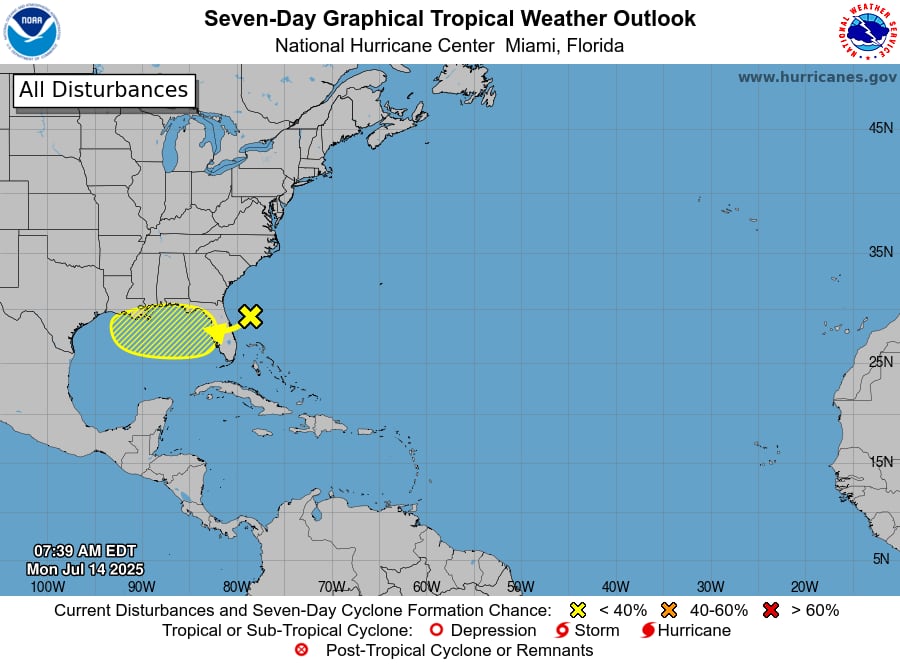Last year, the number of commercial space launches reached a record high, with one taking place every two to three days.
And while U.S. regulators estimate the nation may witness more-than-daily launches by 2034, that pace is quickening.
Seven companies conducted 142 missions in 2024, according to a recent report by the Federal Aviation Administration, which grants licenses for commercial space launches and re-entry from U.S. bases. SpaceX was responsible for 118 launches, or 83% of the total.
The remaining 17% was carried out by:
-
Rocket Lab (12 launches)
-
Virgin Galactic (four launches)
-
Blue Origin (three launches)
-
United Launch Alliance (two launches)
-
Firefly Aerospace (two launches)
-
Stratolaunch (one launch)
The Defense Department’s six National Security Space Launches from the previous year were not included in the report.
Why does all of this matter to Alabama?
A boost in both commercial and national security launches would benefit North Alabama, where Blue Origin and the United Launch Alliance have sizable manufacturing and integration facilities.
The 142 licensed commercial launches in 2024 represent 17% of the 824 commercial launches and re-entry attempts made by U.S. firms since 1989, in addition to setting an annual record.
And it’s getting faster. With 21 licensed debuts in June, the previous monthly record of 20 set in November was surpassed. Last month, payloads were launched by four operators: United Launch Alliance, SpaceX, Rocket Lab, and Blue Origin.
The research claims that two operators, Virgin Orbit and ABL Space Systems, have been leaving the commercial launch market since 2023, indicating that the market is getting more and more competitive.
According to the research, the list of companies planning to launch is dynamic, with smaller launch providers struggling in a market that is becoming more and more competitive. High development costs and fierce competition from established competitors are among the formidable obstacles faced by newcomers to the business.
Despite this, launch prices are decreasing due to the introduction of larger launch vehicles, such as Blue Origin’s New Glenn, ULA’s Vulcan, SpaceX’s Starship, and Relativity Space’s Terran R, the majority of which are at least partially reusable. As a result, launches are becoming more frequent.
According to the FAA research, over the next ten years, the number of allowed space activities could vary between 2,067 to 4,010. According to the forecast’s upper range, there might be up to 566 launch operations in 2034—much more than one every day.
According to the FAA projection, most missions are satellite deployments, such as SpaceX’s Starlink and Amazon’s Kuiper constellations.
In June, the second set of Kuiper high-speed broadband satellites was carried by one of the ULA missions. By 2031, the business anticipates having 3,232 satellites fully deployed.
In contrast, Starlink already has more than 7,000 satellites in space.
Most Popular Stories by
John R. Roby
-
Madison board recommends approval of new Mormon temple with 120-foot spire
-
FBI pauses training center s move to Huntsville – for now
-
Huntsville company chosen for $237M Space Force satellite contract program
-
Engine for this area – TVA details proposed $5 billion hydropower project in Alabama



